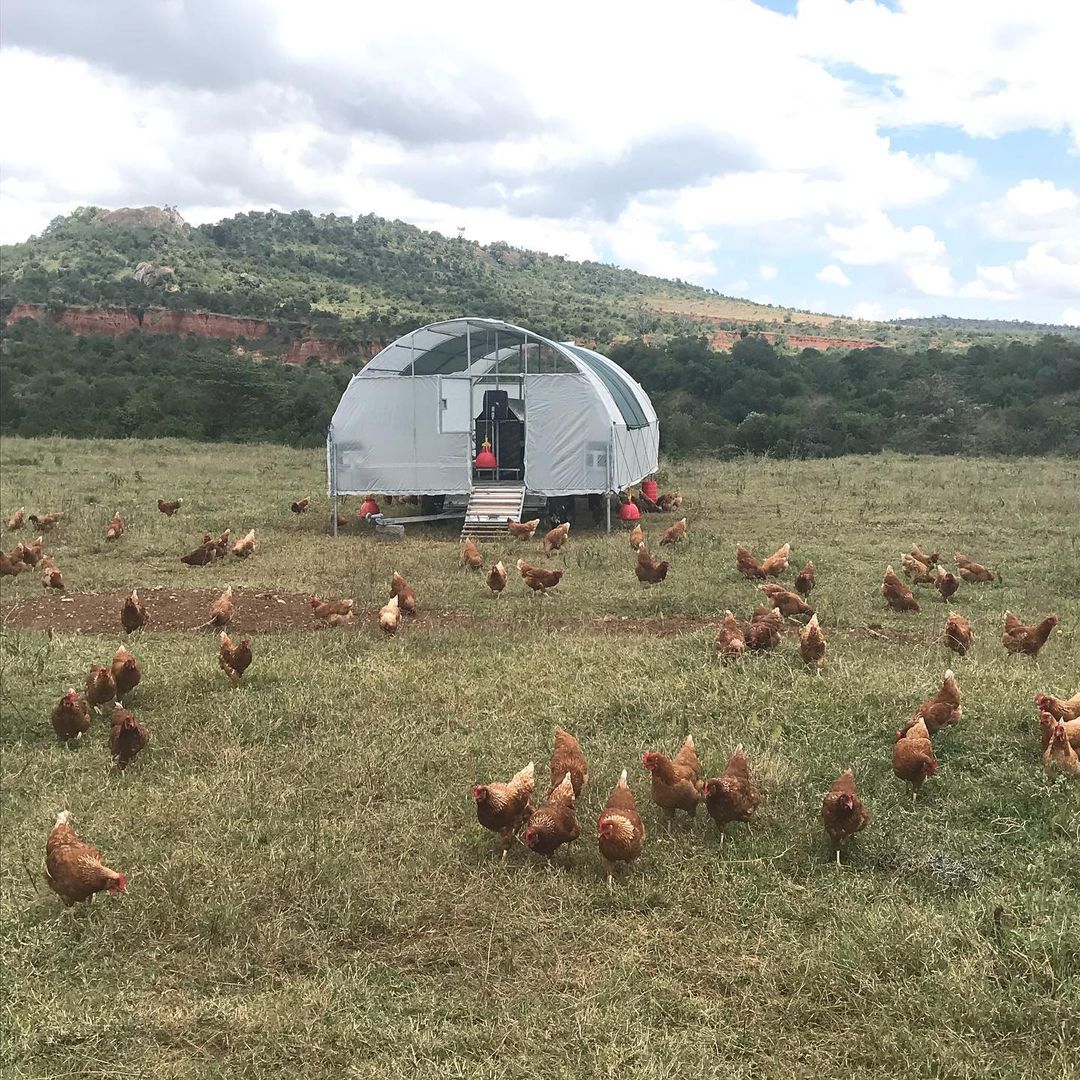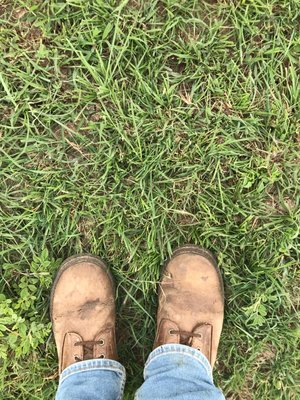
By George Munene
On some 10 acres of farmland in Muramati, Laikipia county, Max Armbrust, keeps 5,000-6,000 chickens, 20 sheep, and 5 dairy cows. His, however, is no standard livestock farm. Farmer Max, as he is commonly known, is Kenya's first adoptee of large-scale regenerative livestock farming, using free-range broiler chickens raised on pasture to reclaim depleted soils.
This management practice leverages intensive poultry grazing to restore soil fertility while at the same time raising healthier animals that are free of antibiotics, steroids, or hormones. The chickens are not confined but allowed to exhibit all their natural characteristics— foraging, scratching, and running around— leading to an improved quality of life.
According to a research paper on the Economics of Land Degradation and Improvement in Kenya, the costs of land degradation due to land use and land cover changes reached the equivalent of Sh141 billion annually between 2001 and 2009. Moreover, the costs of rangeland degradation calculated through losses in milk and meat production, as well as in livestock live weight decreases reach about Sh8.7 billion annually. Furthermore, the costs of deterioration in soil physical, chemical, and biological properties led to lower yields for wheat, maize, and rice estimated at about Sh29 billion annually. The cost of taking action to rehabilitate degraded lands was found to be lower than the cost of inaction by four times over a 30-year period, i.e., each dollar invested in land rehabilitation is likely to yield four dollars of returns.
Related News: Kilifi farmer unable to meet growing brahma chicken demand
Related News: Nandi farmer’s politics failure births 200 chickens, 70 sheep farm
“When we first bought the property in 2019, it was typical of many small to medium-sized farms where conventional farming methods have been employed; heavily tilled, grazed, and depleted,” Max pointed out.
Continued tilling causes carbon to be released from the soil, which in turn diminishes the number of microorganisms in the soil which depend on it for sustenance. With time this leaves the soil unable to supply essential adequate plant nutrients and water for plant growth and reproduction. Overgrazing for its part exerts pressure on vegetation which acts as ground cover. This leaves the soil bare and unprotected raising its temperature to levels that are unsustainable for hosting soil microbiomes.
Two years on, from having big patches of barren soil, 99 per cent of the farm’s land now has vegetative cover. “From an aerial view of our farm, you can clearly tell where the chickens have grazed as the vegetation is visibly lush. The idea is that when the soils are healthy, pastures are healthy, animals are healthy, we are healthy, and the planet is healthy,” Max said.
Once the chickens are out of their brooders, they are introduced to foraging pastures on portable coops. Rotating the chickens daily is essential as it avoids vegetative depletion as well as preventing disease buildup.
Before chickens are introduced to new pastures, cows are grazed on the piece of land 10 days prior. They graze the grass down to about six inches. When the chickens are introduced, they find cow dung patties that are full of natural proteins— this serves as a supplement to their feed. The litter left behind by the chicken is rich in nitrogen which fertilises the soil and helps in its regeneration.A herd of sheep then trail the chickens— they help to maintain pasture at a height that is suited to the chicken as well as further fertilising the soil.”


Before After
As different ruminants forage on a diverse range of grasses, this forms a virtuous cycle that imparts nutrients back into the soil.
Related News: Organisation to train more farmers to meet growing organic food demand
Farmer Max’s Chicken is amongst the two farms practicing regenerative farming in Kenya, the second being Tamalu Farm in Timau which employs agroforestry.
Regenerative agriculture refers to farming/grazing practices that restore the soil’s organic matter and repair degraded soil biodiversity and improve its ability to hold water. This increases microbial life making pastures lush and healthy as well as resulting in carbon dioxide removal.
















Comments (0)
Comments powered by CComment